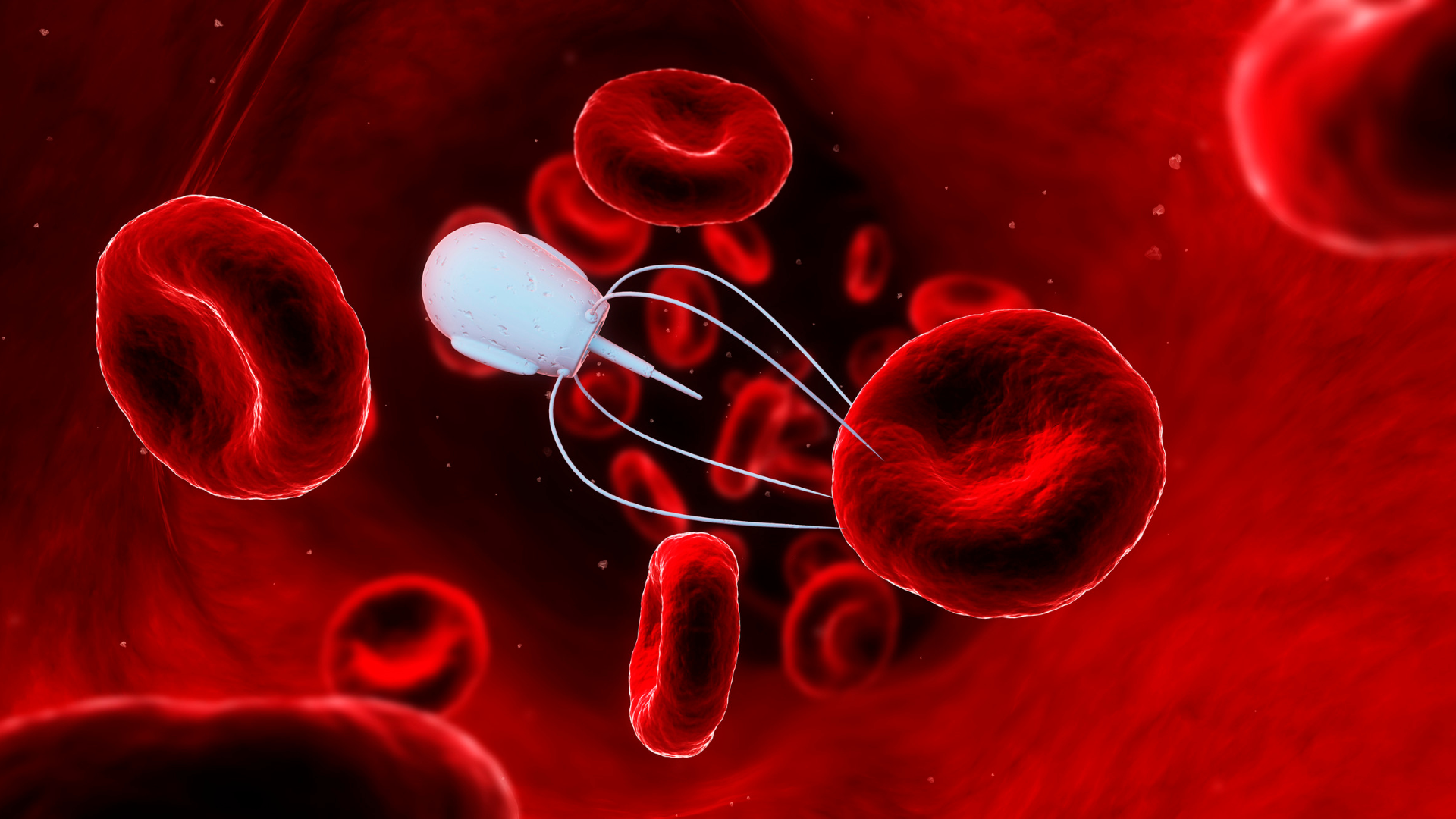Merck and XtalPi Collab for Computational Drug Development Techniques

German biotech Merck KGaA and Chinese Tech company XtalPi Inc. have collaborated in using computational drug development and automation techniques to improve drug formulation. The collaborators jointly published a study to highlight the benefits of computational workflows in pharmaceutical development.
The compound under the microscope was metformin hydrochloride, a diabetes drug which lowers patients’ blood sugar. Metformin HCl does this by decreasing glucose production in the body and increasing the body’s sensitivity to insulin.
RELATED:
- Blockbuster Drugs and Applications of AI in Accelerating the R&D Timeline for Drug Development
- FDA Publishes Paper Asking Manufacturers for Feedback on AI and Regulation
- Three Ways AI and Machine Learning Will Enhance Drug Discovery and Drug Candidate Identification
The paper, titled Effect of Polymer Additives on the Crystal Habit of Metformin HCl, investigates the affect of polymer additives on metformin HCl’s crystal habit (its crystalline external shape). The experiment tested this effect using both ‘wet lab’ and computational drug development methods with a view towards developing a combined approach for crystal morphology screening.
Peiyu Zhang, Chief Scientific Officer at XtalPi, said, “We hope to continue improving this 'dry + wet lab' method with leading industry experts like Merck, in the production of novel therapeutics worldwide."
Among the computational techniques that were examined was a morphology prediction platform, developed by XtalPi, and molecular dynamics simulations used to aid in crystallisation experiment designs.
"By integrating XtalPi's molecular dynamics predictions with Merck's experimental validation, we have taken a step towards the rational engineering of desirable crystal habits,” added Zhang.
The press release by the two companies announced the successful prediction of the influence of polymer additives on metformin HCl’s habits. It said: “The addition of HPMC led to a transformation from a needle-like to a prismatic morphology, in agreement with experimental observations.”
Jan Gerit Brandenburg, Head of Digital Chemistry at Merck, added, "Our collaboration with XtalPi is transforming pharmaceutical development. By seamlessly incorporating computer simulations with our experimental formulation expertise in a 'digital-first' approach, we are boosting drug development processes and positively impacting patients' lives."
Get your weekly dose of industry news and announcements here, or head over to our Formulation portal to catch up with the latest advances in manufacture and therapeutic delivery.







